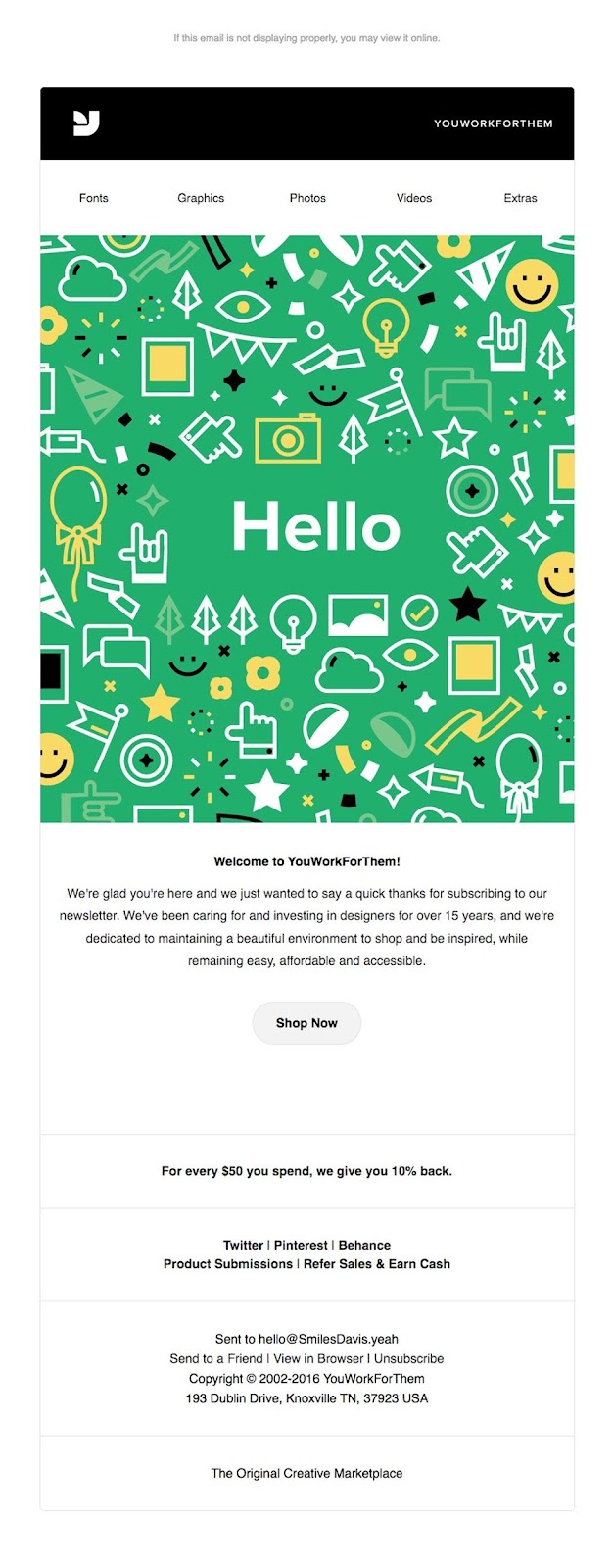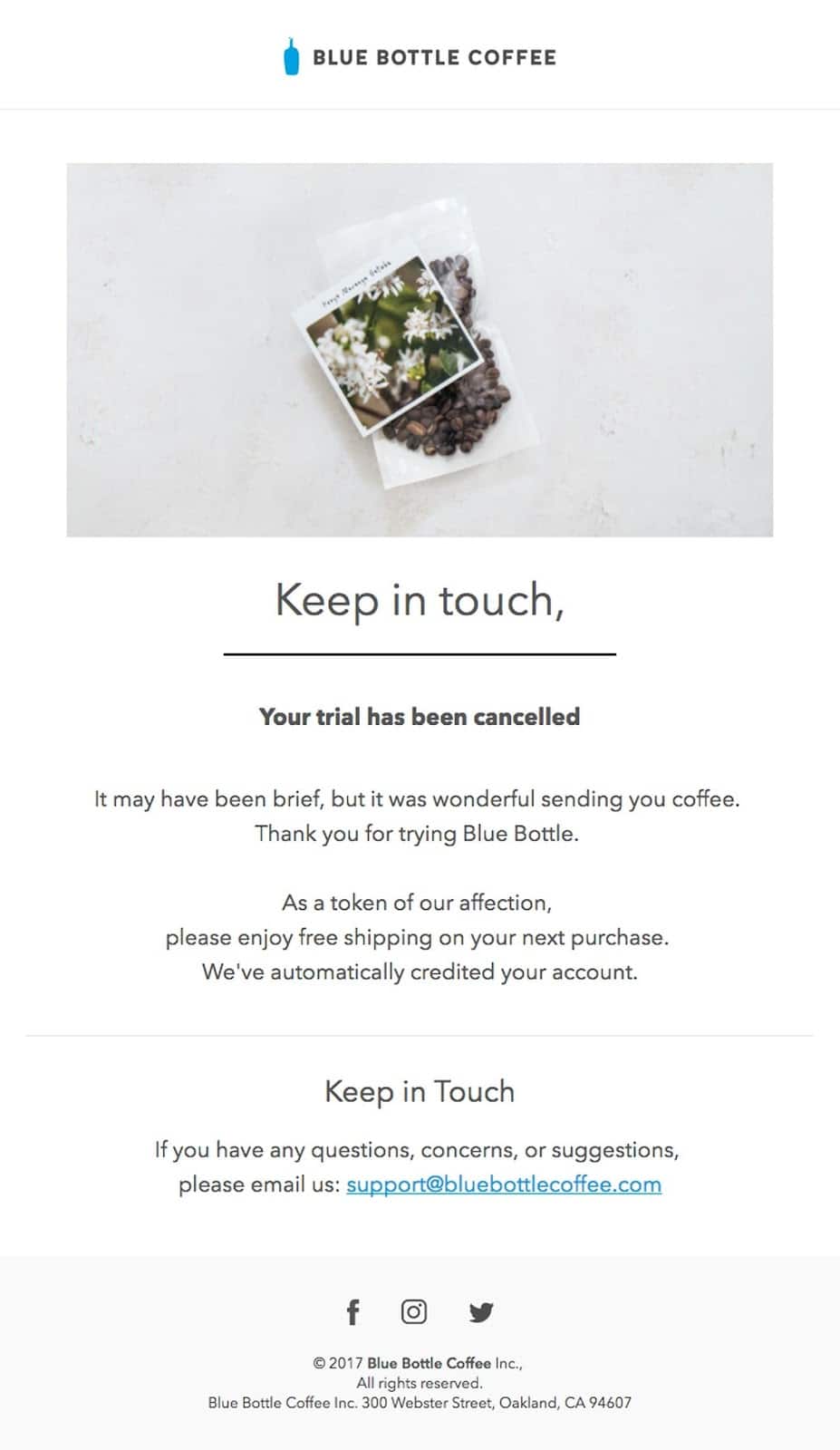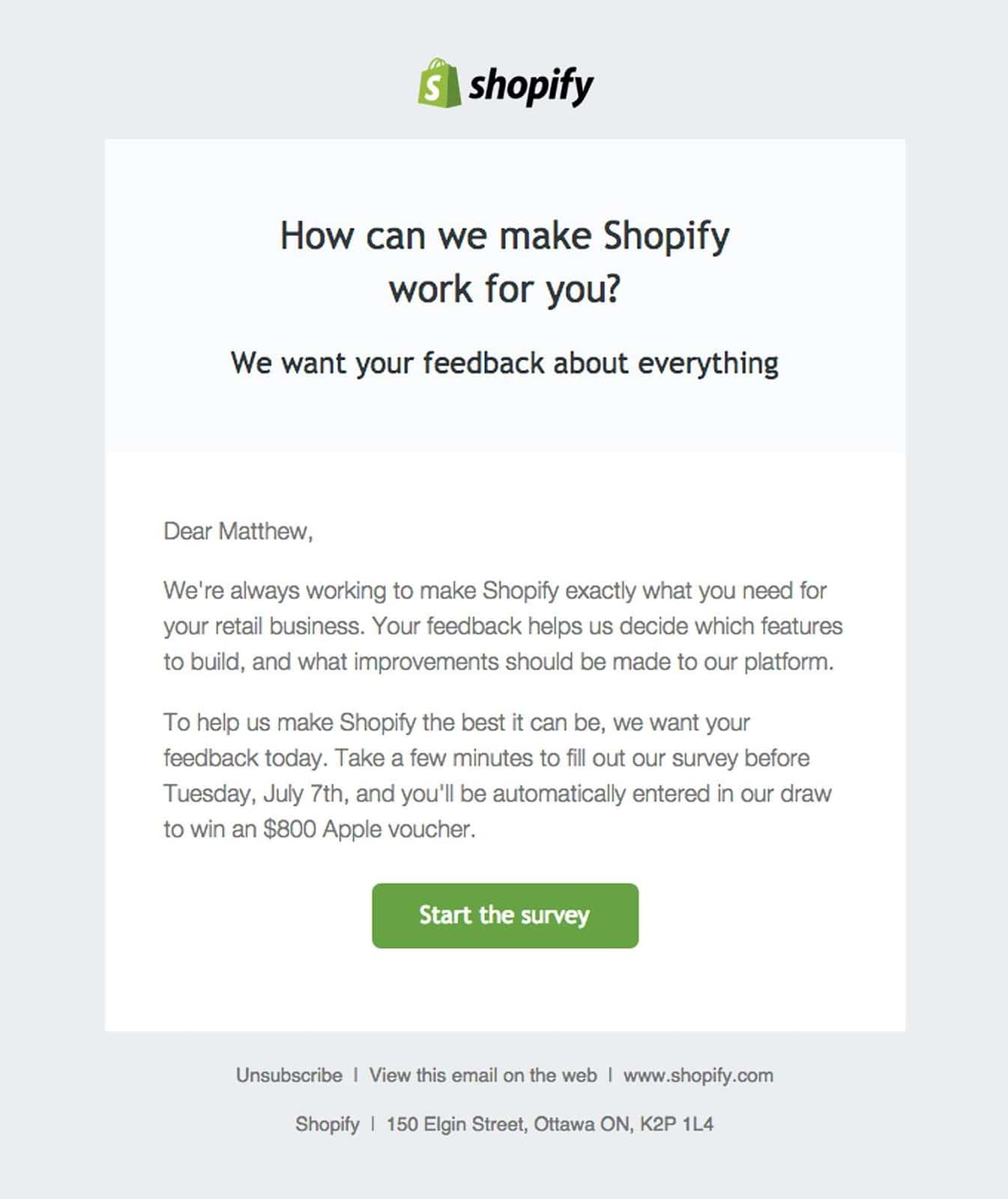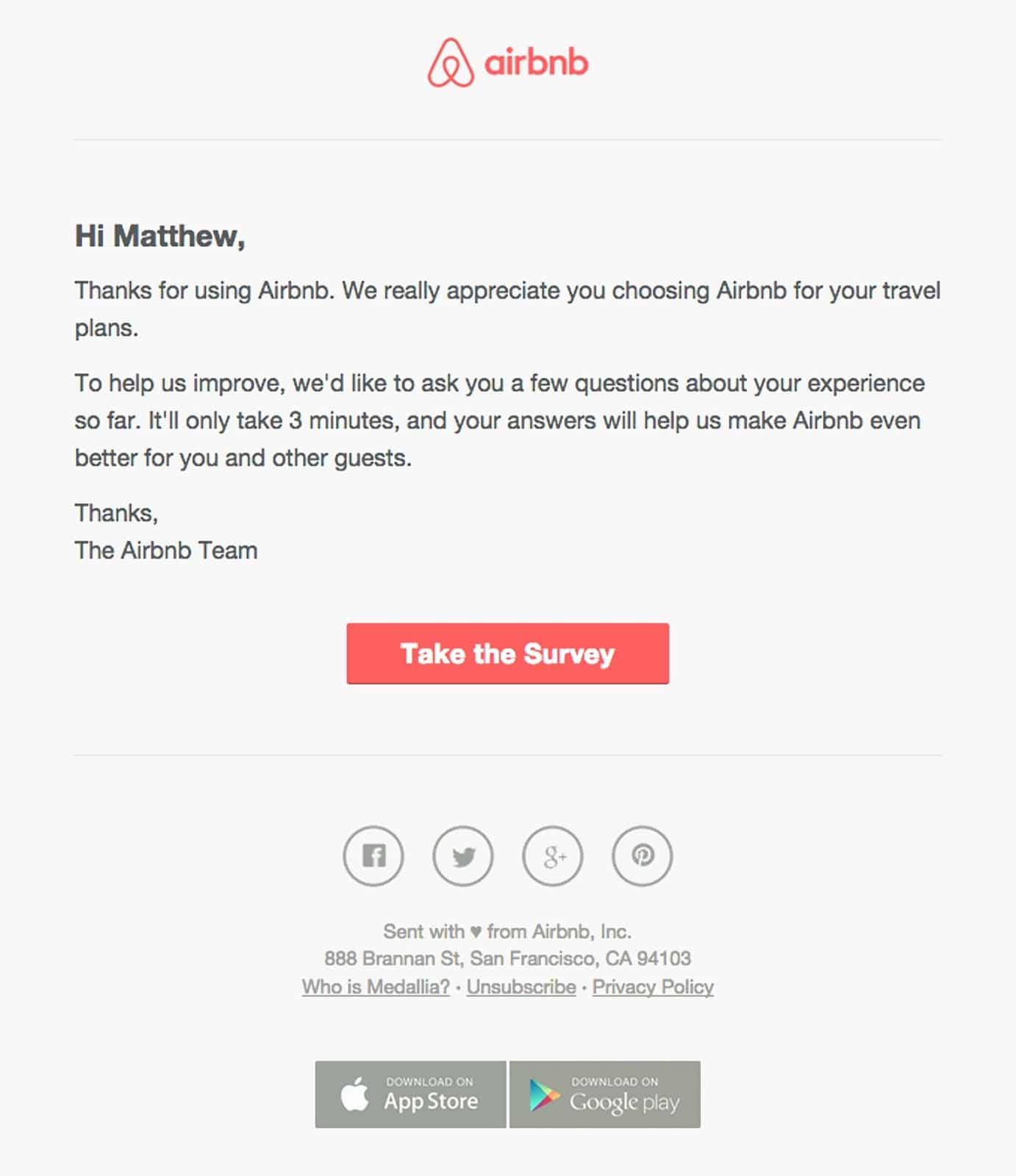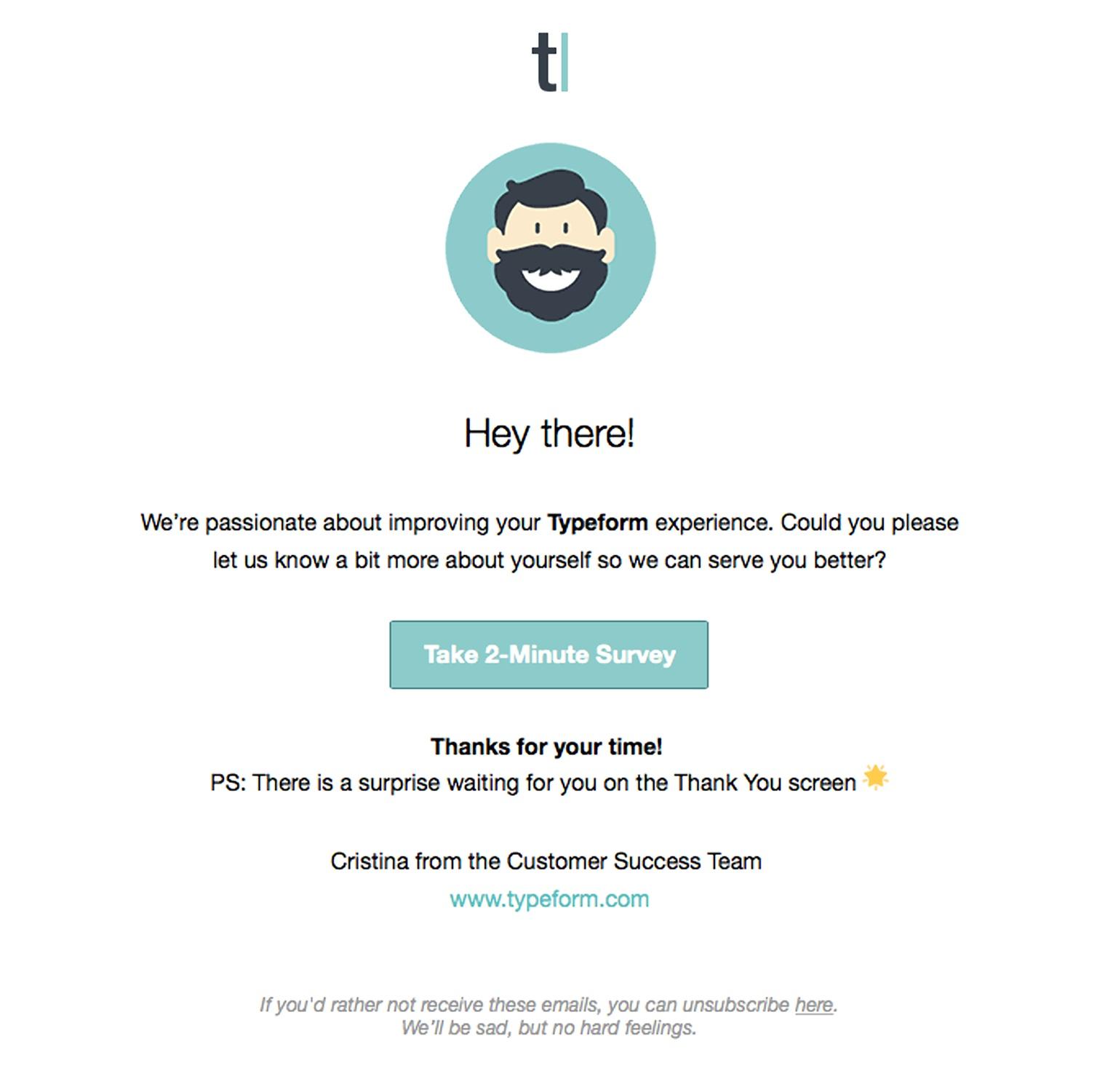Why you should care about your email response rate

Do you track your email response rate?
Digital marketers have no shortage of key performance indicator (KPIs) to observe and base campaign adjustments on. Most take note of general metrics like open rates or click-through rates (CTR)—and what these two metrics represent aren’t difficult to understand. Improving them is much easier, too.
But what can we learn from a campaign’s email response rate? How do you measure it, and how do you improve it?
Let’s find out the answers to these questions together.
What’s an email response rate?
Like the open rate and CTR, the email response rate is a fairly understandable metric.
Responses could come in the form of product reviews or ratings, feedback on services, or even answers to surveys or questionnaires.
Email response means direct replies—for the most part. This is a very specific type of engagement that requires a lot more from subscribers than a simple click.
How do you measure email response rates?
When measuring email response rates, don’t use the number of subscribers or sent emails as part of the equation. Not all emails get delivered.
Take the number of email responses received and divide it by the number of successfully delivered emails. Multiply the quotient by 100 and you get your email response rate.
While measuring this KPI is relatively easy, setting a benchmark to hit is largely dependent on individual email marketing experience. Many say that an adequate email response rate is around 10%, give or take five to 10 points.
How do you judge the health of your email response rate? Look at average open rates first.
If your open rates are above the 15 to 25% average, you can reasonably expect above-average email response rates.
Why do email response rates matter?
The metric in question tracks a specific form of engagement, as we mentioned earlier. At its very core, an email response rate can help you understand how and why your subscribers choose to engage with your brand.
More responses may also point to more comfort, familiarity, and loyalty. You may also think of a high email response rate as a sign of relevant and well-targeted content.
All of this can translate to a growing number of conversion-ready subscribers. An impressive email response rate drives sales and new lead generation.
How can you increase the email response rate of your marketing campaigns?
Need to boost your email engagement and get more direct replies? Here are six things you can do to improve your email response rate:
1. Set up trigger email campaigns
Most reputable email service providers have features that allow you to automate trigger emails to match subscribers’ personal data, website behavior, and customer journey.
Trigger emails send on birthdays or anniversaries. And that string of emails you get—confirmations, receipts, upsells, and more—when you buy something online? They’re likely trigger emails, too.
Take a look at the YouWorkForThem email below.
Source: Really Good Emails
We know—there’s no prompt for a direct reply. However, this email is a great example of the best-performing trigger email.
Did you know that automated emails enjoy more than 150% higher click rates compared to normal broadcast marketing emails? In addition, welcome emails have an average open rate of about 50%.
Automation makes it possible to catch your subscribers when they’re active or ready to act. Want to raise your email response rate? Include a call-to-action (CTA) involving a direct reply in a trigger email.
2. Segment your email list to deliver better content
Use segmentation to test different groups of subscribers.
Want to improve your email response rate for a campaign? Don’t include low engagement segments from previous tests. You can also automatically disqualify segments based on the content of your emails.
For example: If the campaign is distributing a survey for longtime customers, don’t send the email to unconverted leads. What would the latter have to contribute to the conversation? It’s likely they won’t respond because the content isn’t relevant to them.
Check out this Uniqlo email below. Again, no obvious CTA demanding a direct reply—unless “GIMME” takes subscribers to a landing page or new email to reserve the previously sold-out sweatshirt.
Source: Really Good Emails
This is an example of an email list segmentation based on buyer behavior. Like email automation, these messages are valuable to digital marketers because of their propensity for increased engagement.
More than 75% of people online admitted that personalized content like this heightened their purchasing intent. Segmented campaigns, in general, can improve revenue by a whopping 700%.
3. Write irresistible email subject lines
Learning how to title emails for maximum engagement will boost your open rates and give your email response rate more room to grow.
You may think that a focus on subject lines is simply standard practice for digital marketers. While that’s true, it doesn’t change the fact that better email titles solve many email marketing woes.
Case in point: The email of the Blue Bottle Coffee email below is “Keep in Touch, Smiles Davis.”
The CTA and headline mirror the first three words of the subject line. The repetition is not so subtle, but not overbearing, either – just enough to make you want to actually keep in touch.
Source: Really Good Emails
The title is short, straight to the point, and personalized. Email opens are 25% more likely when they have custom subject lines like this.
Our only critique: The CTA isn’t shown as a button, which probably would have made responding a more attractive option.
4. Craft clear email copy to drive home your point
Beyond segmentation trial-and-error, you can use A/B testing to experiment with different formats and versions of well-written email copy.
You’re looking for more instances of direct response, so the qualifications for great copy are a little different here. Don’t rely too much on dazzling visuals, like video or animated content. The point is not to entertain but to get subscribers to willingly hand over information.
Being genuine and honest will go a long way. Don’t overload your subscribers with information. Only include what you absolutely need to say.
You may offer up something in return for their participation in your campaign: A discount, special offer, free downloadable content, or something else.
Here’s a great survey email from Shopify. Look at how sparse the messaging is and how the only points of color are the brand logo and the CTA button.
Source: Really Good Emails
You may also notice that this is a personalized email message. This tactic increases conversions by about 10% and click-throughs by about 14%. Overall customer engagement improves with targeted personalization like this, according to almost 75% of marketers.
5. Make specific and plainly-worded requests
This tip goes hand-in-hand with crafting copy with no frills. If you have a request, lead with it and ask in a firm but polite manner. The last thing you want is for the email to sound too business-like and impersonal.
Your subscribers must feel like their input is valuable. It could be worth explaining to them how their responses will affect your brand, products, or services. If you can manage it, have someone from your team personally answer all the direct replies.
Here’s another survey email, this time from Airbnb. It’s almost identical in format to the Shopify email above, except for Airbnb’s app download buttons.
Source: Really Good Emails
Notice, too, that this survey through email doesn’t offer anything in return for the email response. However, the copy itself is much shorter. It also provides the exact amount of time needed to complete the survey.
6. Format your email for mobile
What would you do if you opened an email and the formatting was all over the place? On a particularly stressful day, even you might not have the patience to parse together a well-meaning marketing email.
Most people would do the same thing. The vast majority of non-responsive and incorrectly formatted emails are deleted less than three seconds after the initial open.
Mobile-friendly emails are necessary for better KPIs. Formatting for mobile is no longer a marketing option, but a must.
The Typeform email below shares many similarities with the Shopify and Airbnb emails above. Most noticeable is the stark white background and the even shorter email copy. Both are indications of basic mobile-readiness.
Source: Really Good Emails
A final note: With about 2.2. billion email users on mobile, more than half of all emails across the globe are first viewed through smart devices. Imagine just how many of your subscribers you wouldn’t reach if you weren’t formatting emails for mobile.
Wrap up
An email response rate takes into account direct replies to your marketing emails. You can calculate this KPI by dividing the number of unique email responses you receive in one campaign by the number of delivered emails. Take the resulting quotient and multiply it by 100 to get the rate percentage.
You should use your open rates to gauge what your email response rate means for your current and future campaigns. The higher your open rates, the more ambitious you can make your email response rate goal benchmarks.
Here’s how to improve your email response rate:
-
Set up trigger email campaigns
-
Segment your email list to deliver better content
-
Write irresistible email subject lines
-
Craft clear email copy to drive home your point
-
Make specific and plainly-worded requests
-
Format your emails for mobile
Remember: This isn’t the campaign for complicated interactive content and high-resolution imagery. Above all, keep it short and simple to encourage more responses.
Do you wonder how your emails measure up to standard best practices? Check their marketing readiness by using Emma’s preflight checklist for email campaigns.
MOST RECENT ARTICLES
Want to engage your audience and grow your brand? Try Emma's robust easy-to-use product today.
